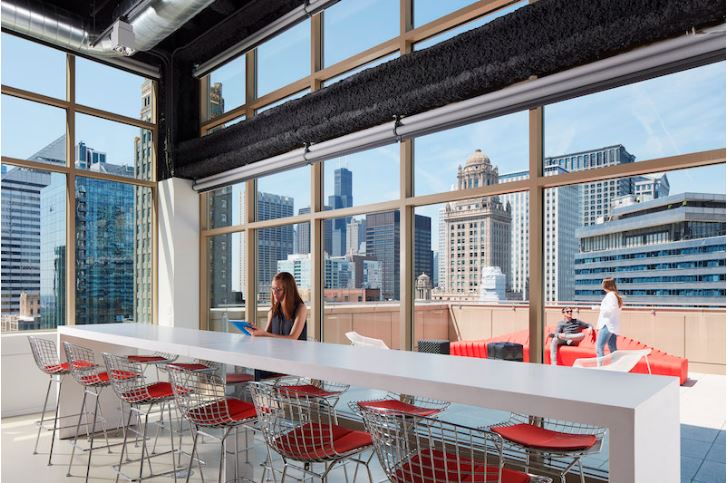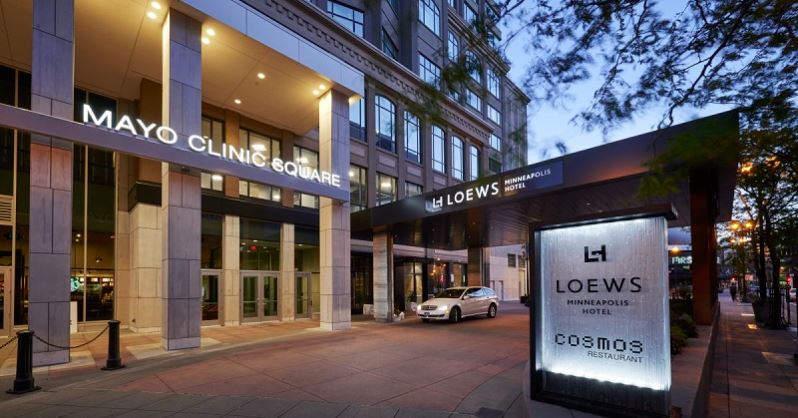Is more pain coming for commercial real estate companies? A new survey suggests that an uncertain economy will bring plenty of it before 2022 ends.
That doesn’t mean, though, that commercial real estate professionals don’t have hope that this pain will be relatively short-lived.
According to a new survey from Trepp, commercial real estate professionals are concerned about rising interest rates and inflation, and expect that both will hurt their businesses before 2022 ends. But they also think that commercial real estate will escape the worst effects of these economic headwinds.
That’s according to the Trepp 2022 CRE Sentiment Survey. From July 13 through Aug. 1, Trepp polled its more than 20,000 clients, blog readers and listeners for their opinions on the near-term future of the commercial real estate and commercial mortgage-backed securities markets.
And what did respondents say? In little surprise, 70% of them said that they expect the office sector to suffer the most from economic challenges throughout the remainder of 2022. This sector, of course, has been hit hard throughout the COVID-19 pandemic, with many employees still working from home. Respondens said that they expect the next several months to remain challenging for this sector.
A total of 83% of survey respondents predicted that during the next six months that delinquencies will increase in both the commercial real estate and commercial mortgage-backed securities industries.
And more than half of respondents said that economic conditions and higher interest rates would impact their businesses negatively.
There was some hope, too, from the survey. For U.S. equities, almost two-thirds of respondents predicted that the S&P 500 would not fall below 3200. Only 27% believed oil would top $150 a barrel. And the results were evenly divided between those who felt that the 10-year Treasury would rise above 4.5%.
A total of 58% of respondents predicted that the multifamily sector will see the highest transaction volume during the next six months. And in a glimmer of hope for the office sector, 70% of participants reported that they are working in the office at least three days a week.
Just under three-quarters of respondents said that their firms were either unchanged or growing when compared to 2021. A total of 88% of participants said that they are either keeping their companies’ current headcount or hiring new employees as needed. Despite this, more than half of respondents said that economic conditions will have a negative impact on their businesses by the end of 2022.









